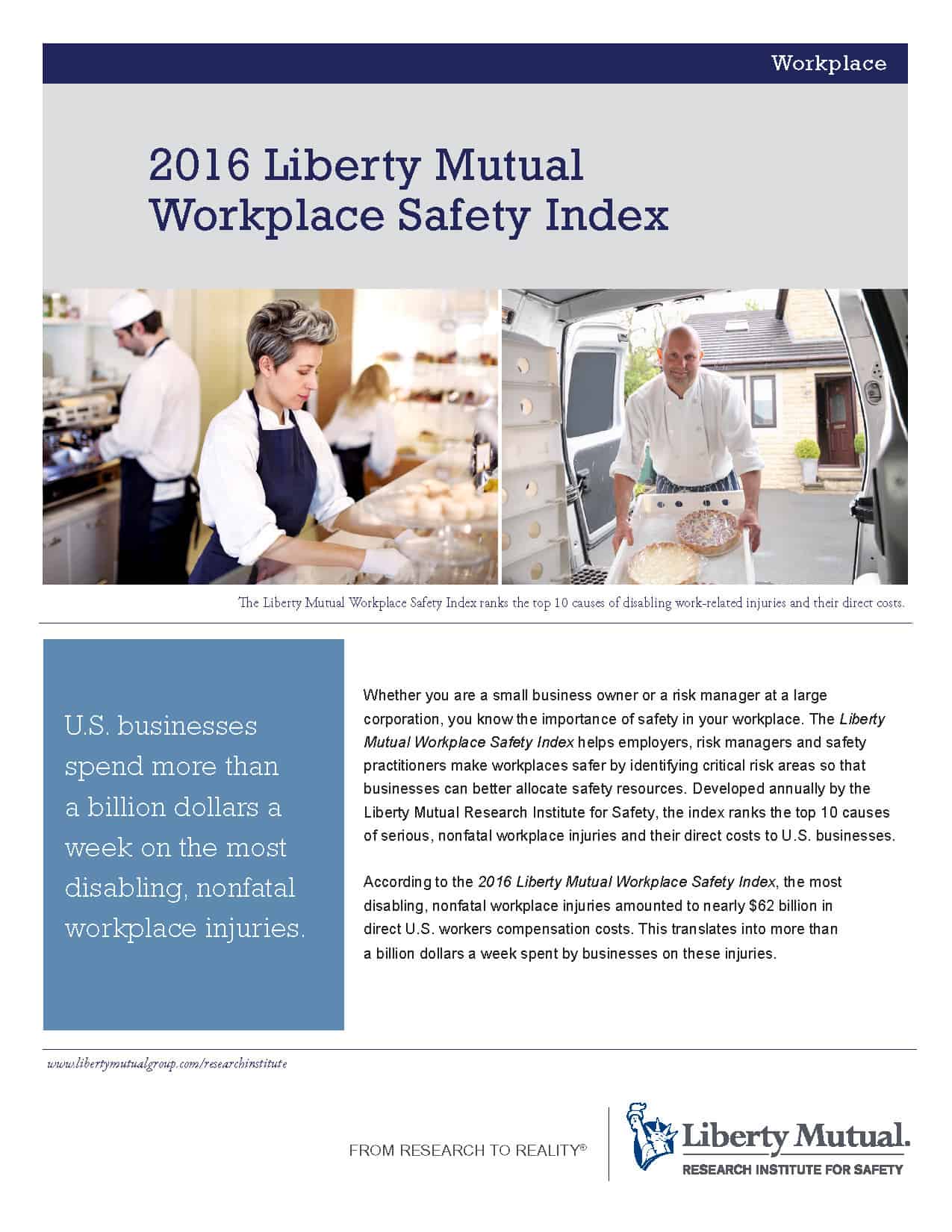New Australian research into work-related driving shows how organisations mishandle the risks. The first paragraph of the research clearly shows the significance of the hazard:
“Road traffic injury is the leading cause of work-related death in Australia. It has been estimated that one-third of all work-related deaths occur while driving for work purposes. This emerging public health issue is not unique to Australia, with work-related traffic deaths estimated to account for 22% of work fatalities in the United States and 16% in New Zealand. Despite this, many organisations employing individuals to drive a vehicle as part of their work are unaware of the factors that may act to reduce work-related traffic injury and deaths.”
This research illustrates the need to integrate the functions of Occupational Health and Safety (OHS) professionals, Risk Managers and Fleet Managers within organisations and across government agencies to address a significant public health issues in a more effective manner.


